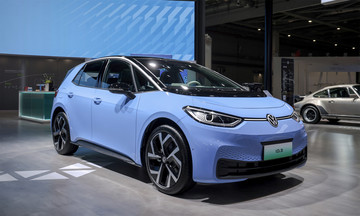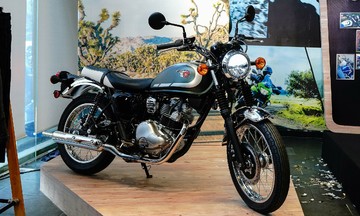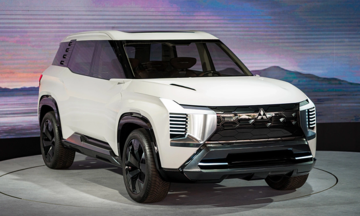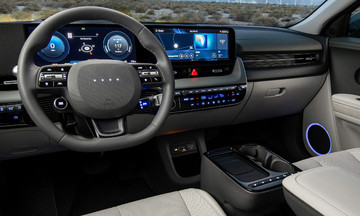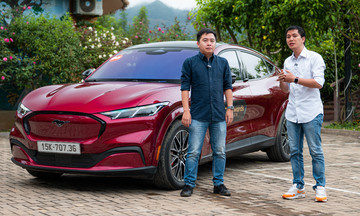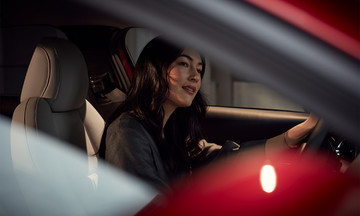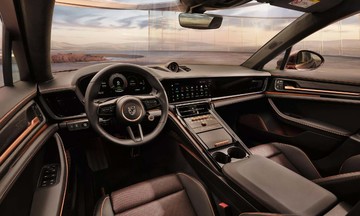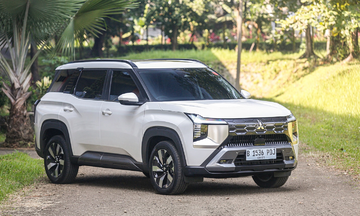The Dacia Hipster Concept could enter production if the European Union (EU) agrees to create a new small car category, defining vehicles as just 3,000 mm long and weighing under 800 kg. Currently, the shortest car on the European market, the Leapmotor T03, measures 3,620 mm.
Katrin Adt, Dacia’s CEO, who recently moved from Mercedes, described the Hipster as "a concept embodying Dacia’s bold vision for local, affordable, and everyday mobility." She added, "If there is an opportunity for mass production, we are ready."
This boxy, three-door Hipster will have a top speed of about 90 km/h and a range of 150 km. According to Dacia's data, an average car travels under 40 km daily at an average speed of 56 km/h.
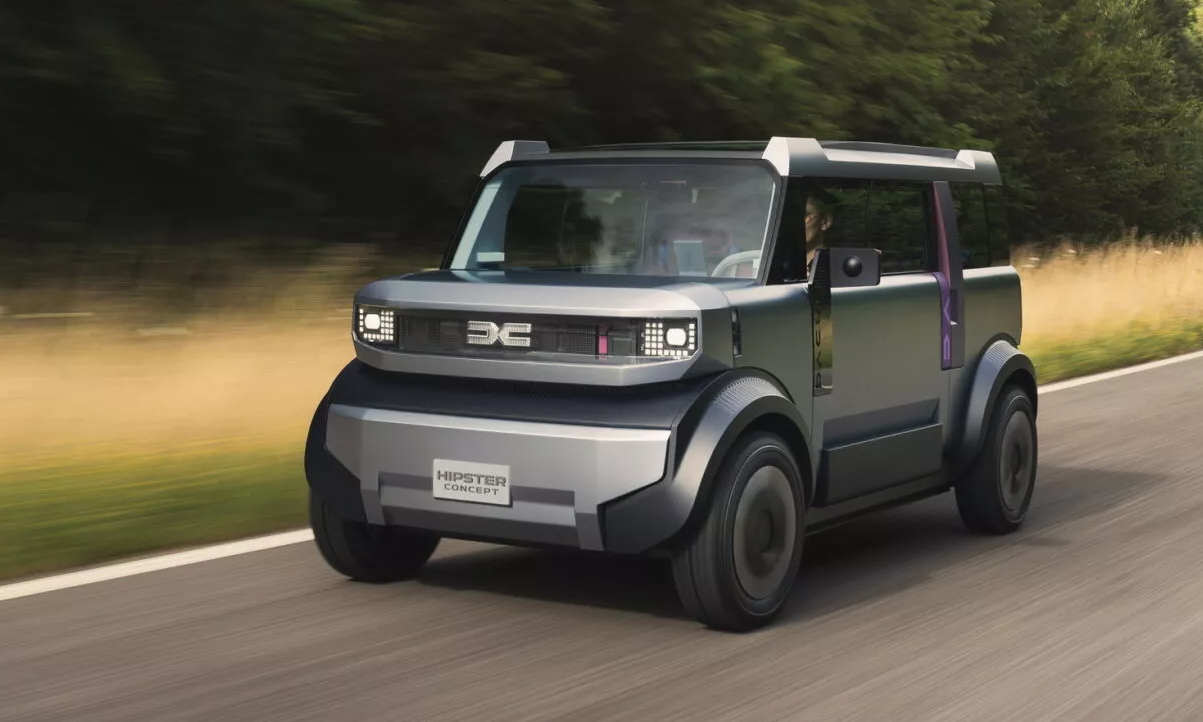 |
The Dacia Hipster is currently still a concept. Photo: Dacia
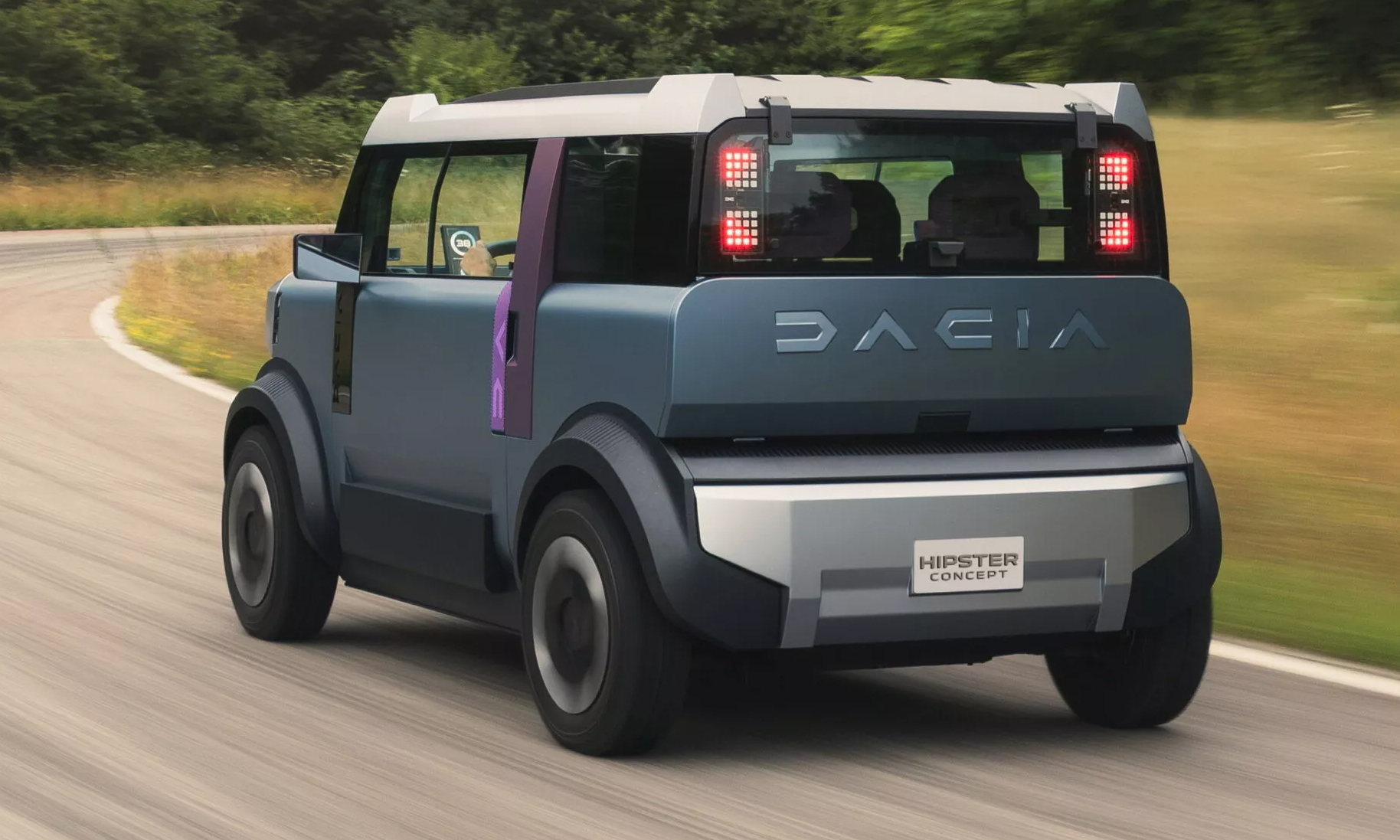 |
The vehicle is just 3,000 mm long.
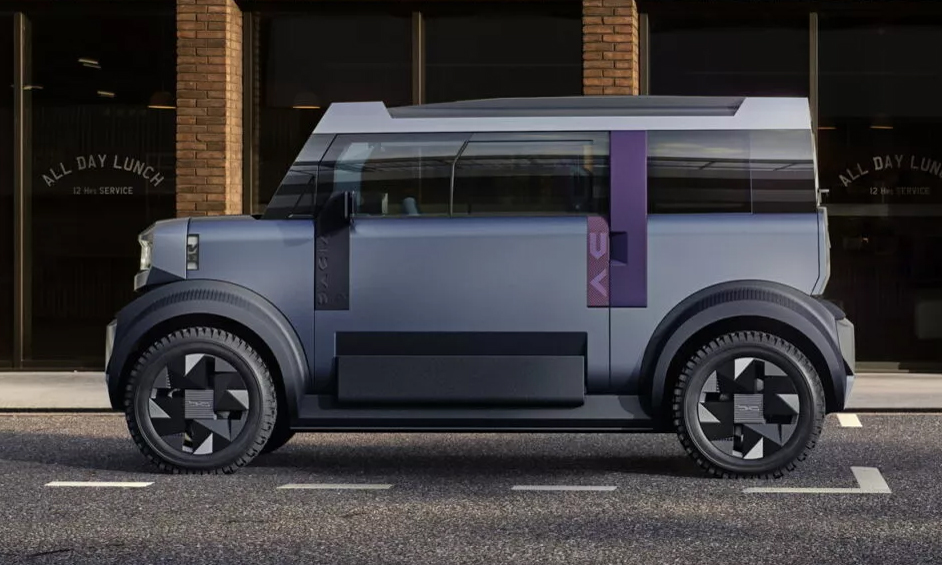 |
The rear door can be partially opened, with the glass half lifting upwards.
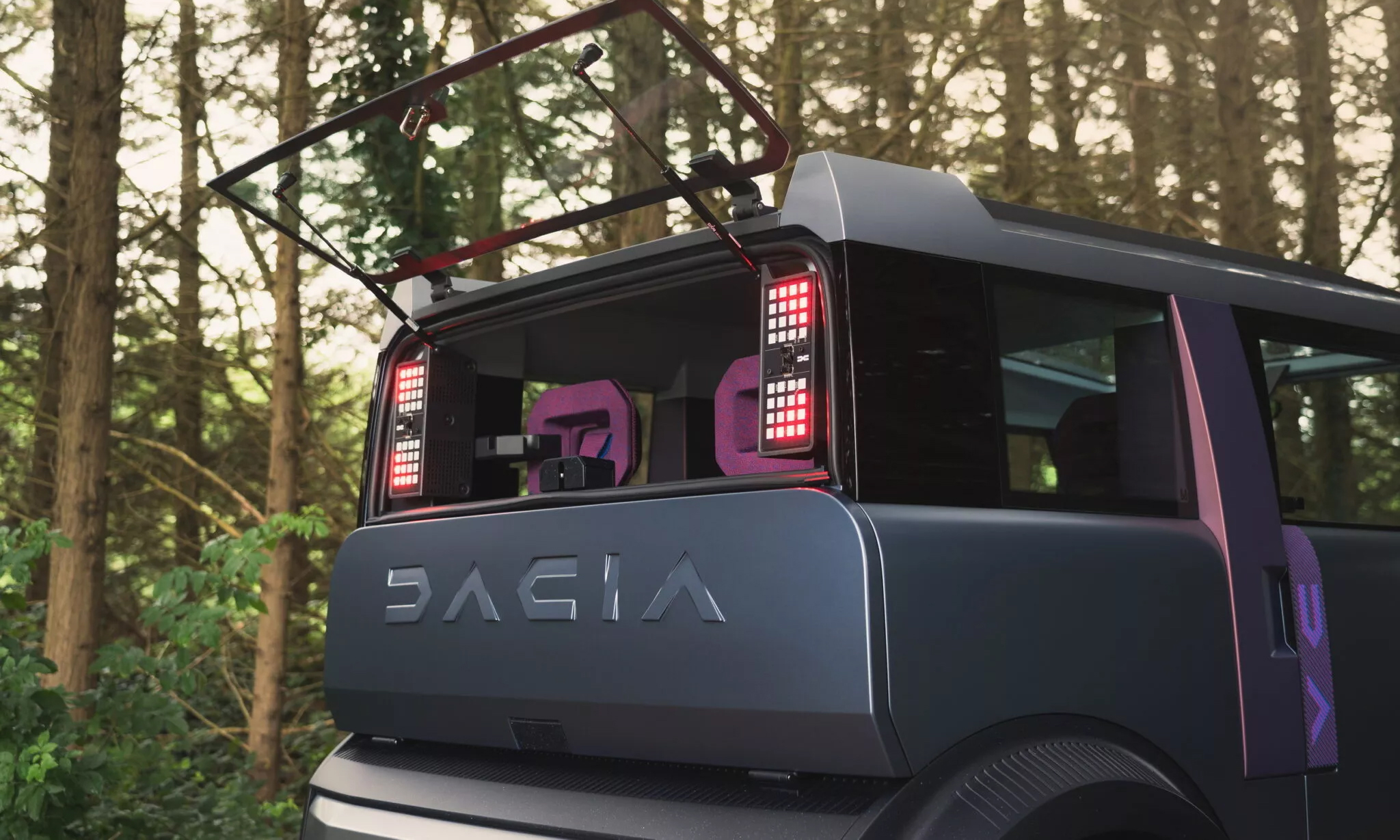 |
A glass roof is located above the two front seats.
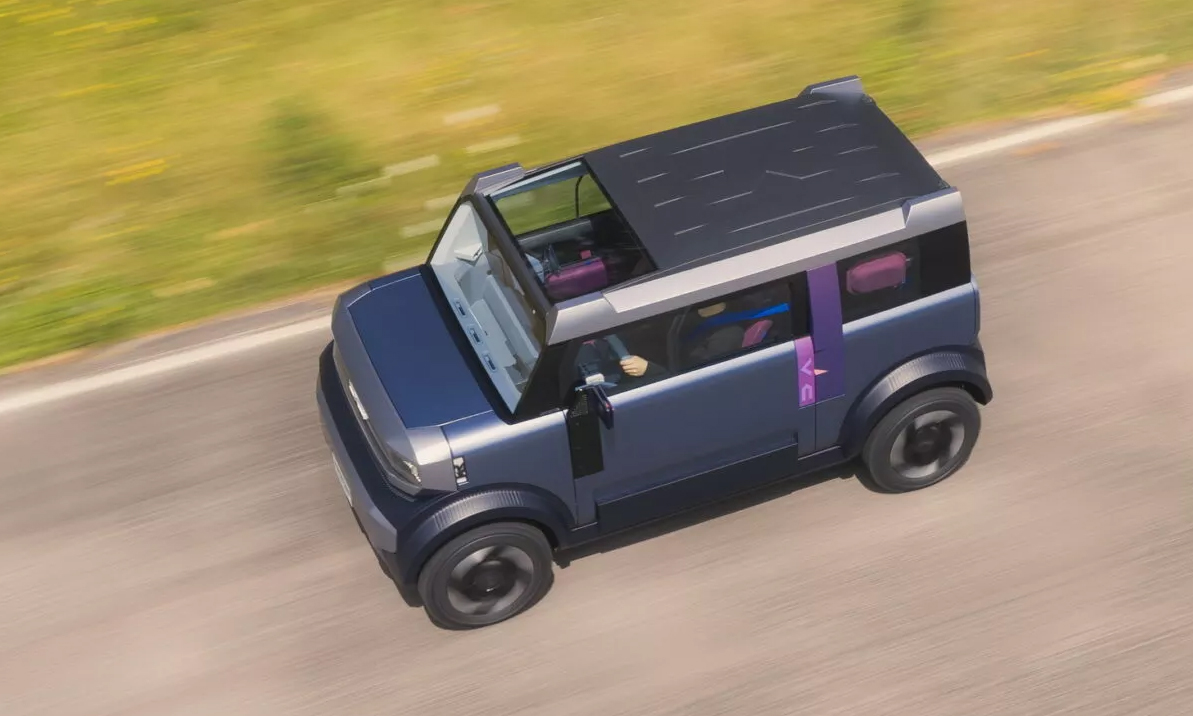 |
A user's smartphone is mounted on a dock, serving as a digital key.
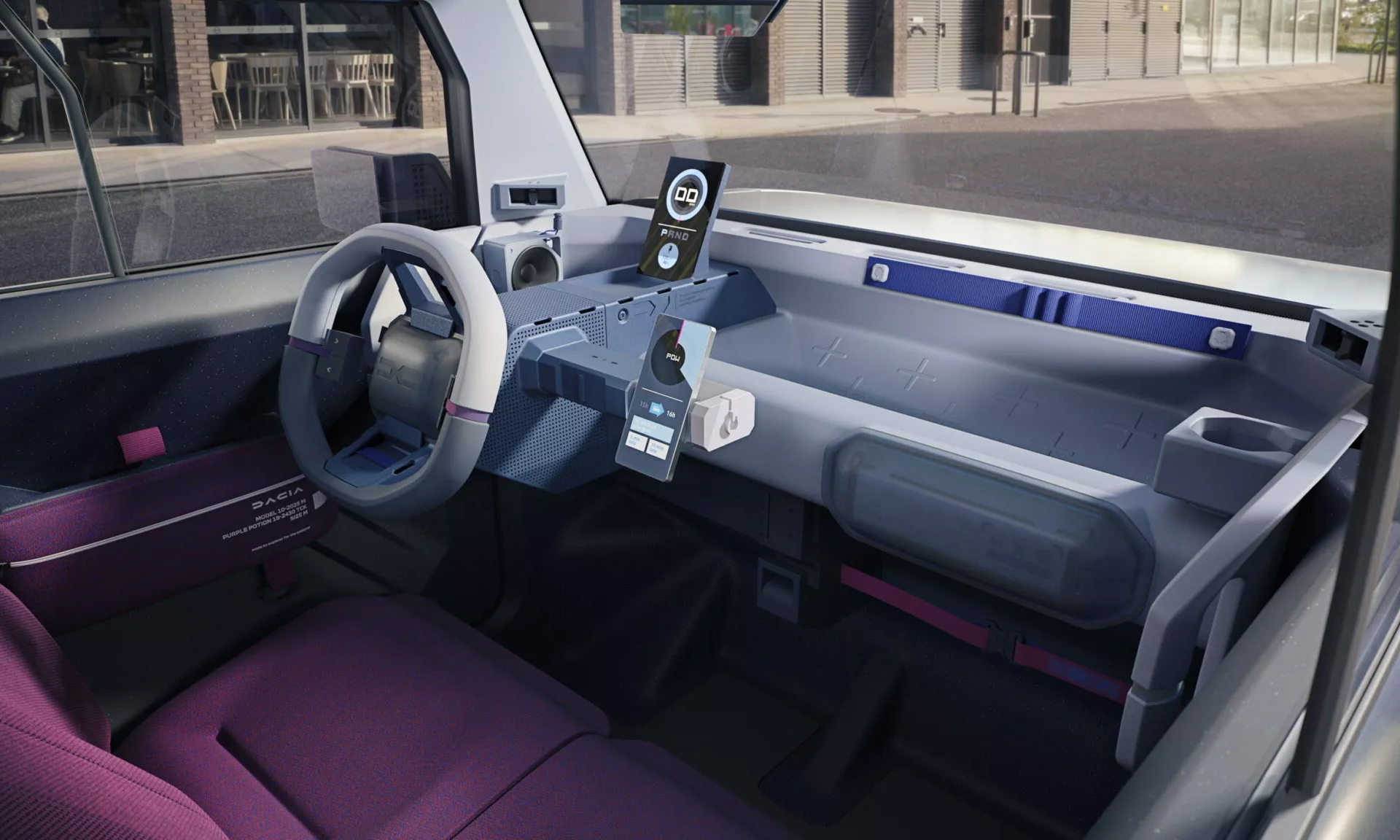 |
The seats are bench-style.
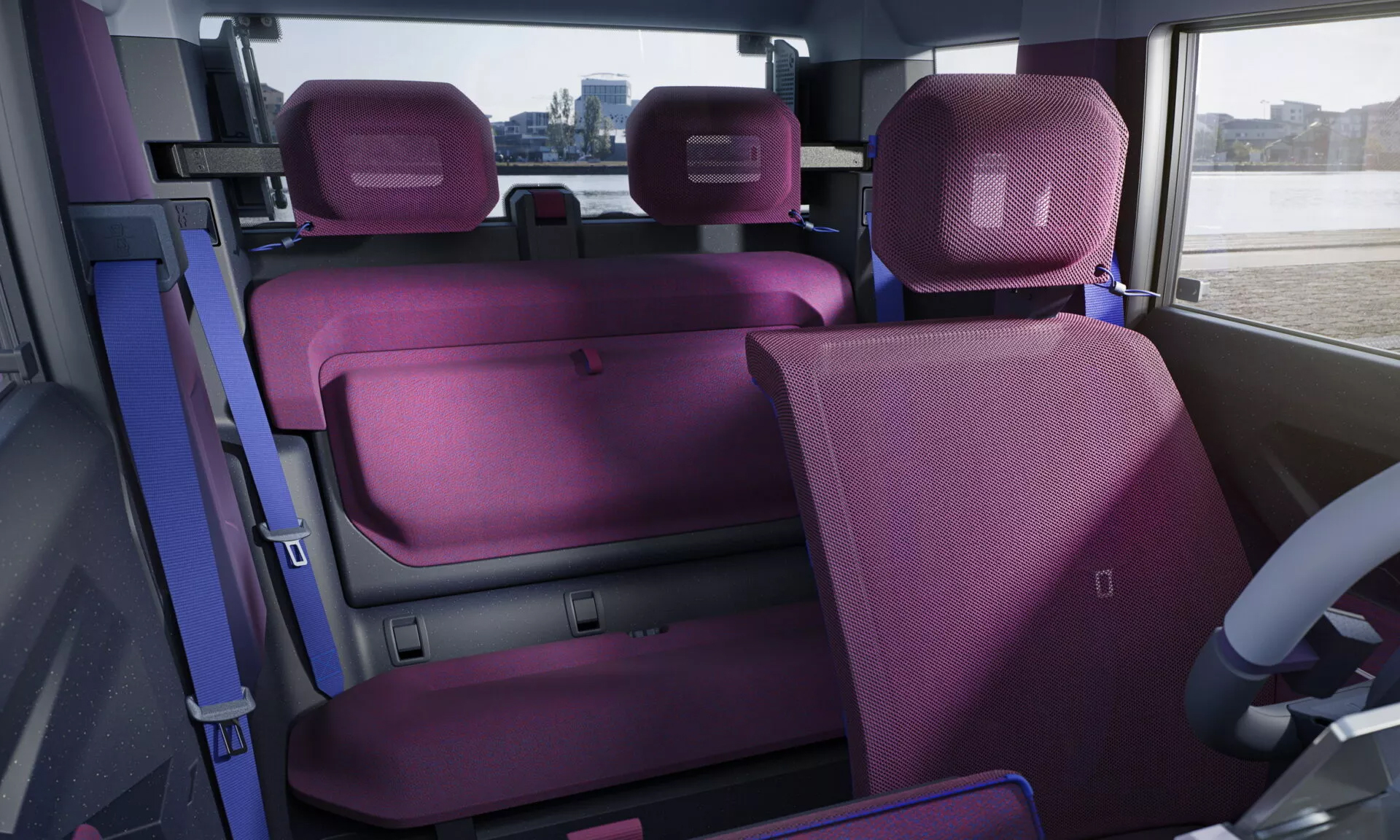 |
The taillights are hidden behind the rear glass.
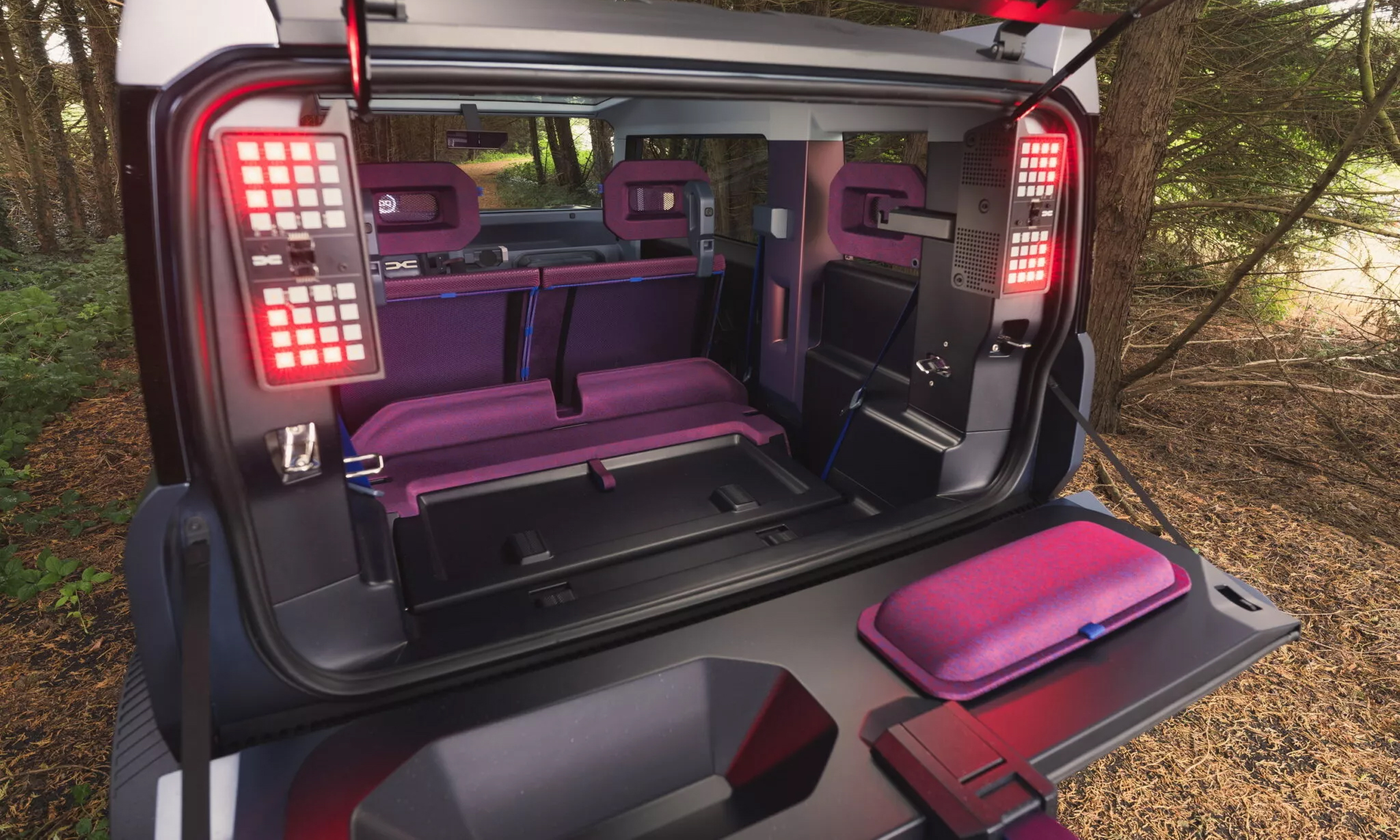 |
There are 11 anchor points and hooks for: cup holders, armrests, lights, and toys.
Dacia also simplified the Hipster to reduce costs. It features canvas upholstery, minimal electronics, manual windows, and door straps instead of handles. The vehicle may be offered in just one color, similar to the prototype’s gray-blue.
The interior maximizes the brand's characteristic accessory mounting system, offering 11 anchor points and hooks for: cup holders, armrests, lights, and toys. True to Dacia's style, a user's smartphone mounts on a dock, serving as a digital key, navigation device, and infotainment system connected to a portable Bluetooth speaker. Additionally, it includes a digital instrument cluster behind the steering wheel and two airbags.
Renault, Dacia's parent company, and Stellantis have spearheaded the campaign for the EU’s new small car category, inspired by Japan's kei-car segment. This category would feature fewer mandatory features than larger cars, especially regarding safety.
Proponents argue that an urban or suburban vehicle may not require as many of these features to remain safe, and that this approach is the only way to significantly reduce weight and cost.
Dacia estimates that the average price of new cars increased by 63% between 2001 and 2020, and European buyers need more affordable models. However, a new small car category, currently under negotiation, would likely come with specific conditions.
"Regulations will certainly also require cars to be manufactured in Europe", David Durand, Dacia brand's design director, told Reuters. "We also need to develop the industrial model that comes with it."
My Anh




